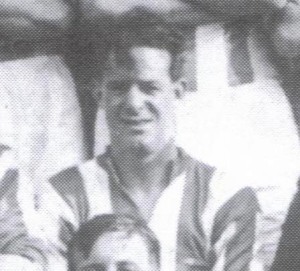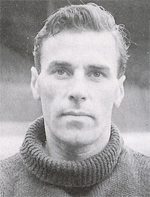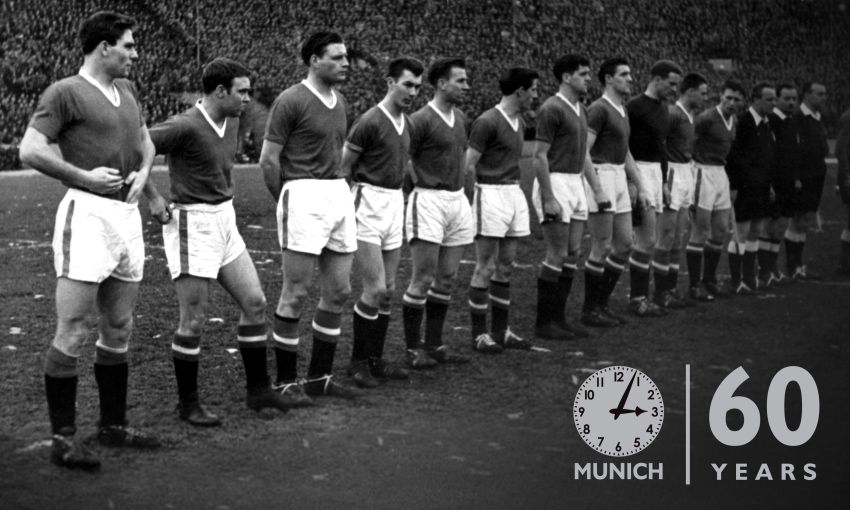
If you want a paddle steamer then Echuca-Moana, in Northern Victoria, Australia, is the place to be. Either bank of the Murray River will do. there is local soccer here. Here is a shirt from the local club.
Whilst the first decade of the 19th century was an important period for nation-building in Australia, the autonomous states of New South Wales, Victoria, South Australia and Queensland handed over power to central government ,which was looking to detach itself from the British Empire.
The 1882 defeat of England's cricket team by the Australians, at the Oval, cemented the relationship between sport and the new nation. This was not true for "football" or soccer, as the Aussies call it to distinguish the game from their AFL code.
There was already an idigenous game called Marngrook (game ball) seen by the "invaders", being played by the local aborigines.

As the country became developed, soccer came a distant third behind Australian Rules (in Victoria) and rugby (in NSW and Queensland). By 1906 Australian Rules was promoted by the Australasian Football Council as "one flag, one destiny, one football game". The game was played with balls made in Australia and beneath the nation's flag at every stadium. Why on earth did the Australians, most of whom were British, want to run their own game and not bring soccer into their new country?
It was a matter of timing, with the colonisation of the country in the 1850s, taking place before the FA rules were formed. Melbourne was a microcosm of urban Britain. where there were many working class males available with time on their hands to play games on vast tracts of land. Various games emerged as was happening in Britain with "mob" football adapted from various local idiosyncrasies in rural areas and of course there were games developed in the public schools from which colonists emerged with some authority.
In 1859 the first Melbourne Rules of football were established, 4 years before the English FA formulated the Laws of the Game. Handling and catching was allowed creating a remarkable game of speed and fluidity. Large crowds enjoyed the show on cricket "ovals" and any other open spaces available, of which there was quite a few. Offside was not a feature; if anything it was encouraged. What ever was happening in Britain had little effect on the rule makers 12,000 miles away.
Within a decade the game of football was adopted and accepted in Melbourne. Cricket clubs and city pubs saw it as a way of maintaining trade in the winter by having a local team. Churches thought the activity might keep the male drinkers out of the pubs! Whilst populated areas in towns established local identities and the armed forces and the new university followed suit.
A Challenge Cup was created in 1862 (in England 1872) and the handling of money in wages, entrance fees and betting was positively encouraged. The rules of the game seemed simpler that the English version which was suffering from the challenge between amateurism and professionalism.
English soccer did arrive in Australia until the late 1870s, with new migrants from the "motherland" but it never got to challenge the established game. The first club formed was the Wanderers in Sydney in August 1880; the club was the first to play under the "Laws of the Game".
Balgownie Rangers in Wollongong is the oldest club still playing from 1883. They play in the Illawarra regional League.
A professional league was set up in the 1880s in Melbourne, ahead of England and the popularity of the sport spread to neighbouring states.
In 1882 there as an attempt to form a South British Football Soccer Association but this failed. Indeed there was no support from touring British teams, the sort of thing that got Brazilian soccer going, for example the Corinthian Club.
As East European immigrants started to seep into the country, soccer had a bit of a revival, however it was regarded by the indigenous population as "wogball" and so the minority status of the immigrants and the game was reinforced. "White Australia" has enabled a growth in populations with soccer in their blood and as the recent popularity of AFL seems to be diminishing, soccer may yet come to the fore.

 The Cadbury Chocolate Company of Birmingham was founded in 1824 following the idea of a local Quaker family. Quakers have much to do with sweetening our tooths in England. Cleverly the company was given a boost when it landed in Hobart, Tasmania in 1918. Here there was a huge supply of dairy products and HEP to power their factories.
The Cadbury Chocolate Company of Birmingham was founded in 1824 following the idea of a local Quaker family. Quakers have much to do with sweetening our tooths in England. Cleverly the company was given a boost when it landed in Hobart, Tasmania in 1918. Here there was a huge supply of dairy products and HEP to power their factories. 90 million Freddos are eaten in Australia per year.
90 million Freddos are eaten in Australia per year.
 1884-Victoria, Queensland,
1884-Victoria, Queensland,


 At the other end of the "fame scale", Manchester born Daniel Adshead was on yesterday's bench, at the age of 16, though he didn't get on the pitch. He made his debut in the EFL Cup against Bury in September, at 16 years and 17 days old. Being a "minor" means he couldn't change in the adult changing room! He also does his homework on the team bus on away journeys. Probably doesn't get a lot of help from the chaps??!!
At the other end of the "fame scale", Manchester born Daniel Adshead was on yesterday's bench, at the age of 16, though he didn't get on the pitch. He made his debut in the EFL Cup against Bury in September, at 16 years and 17 days old. Being a "minor" means he couldn't change in the adult changing room! He also does his homework on the team bus on away journeys. Probably doesn't get a lot of help from the chaps??!!










